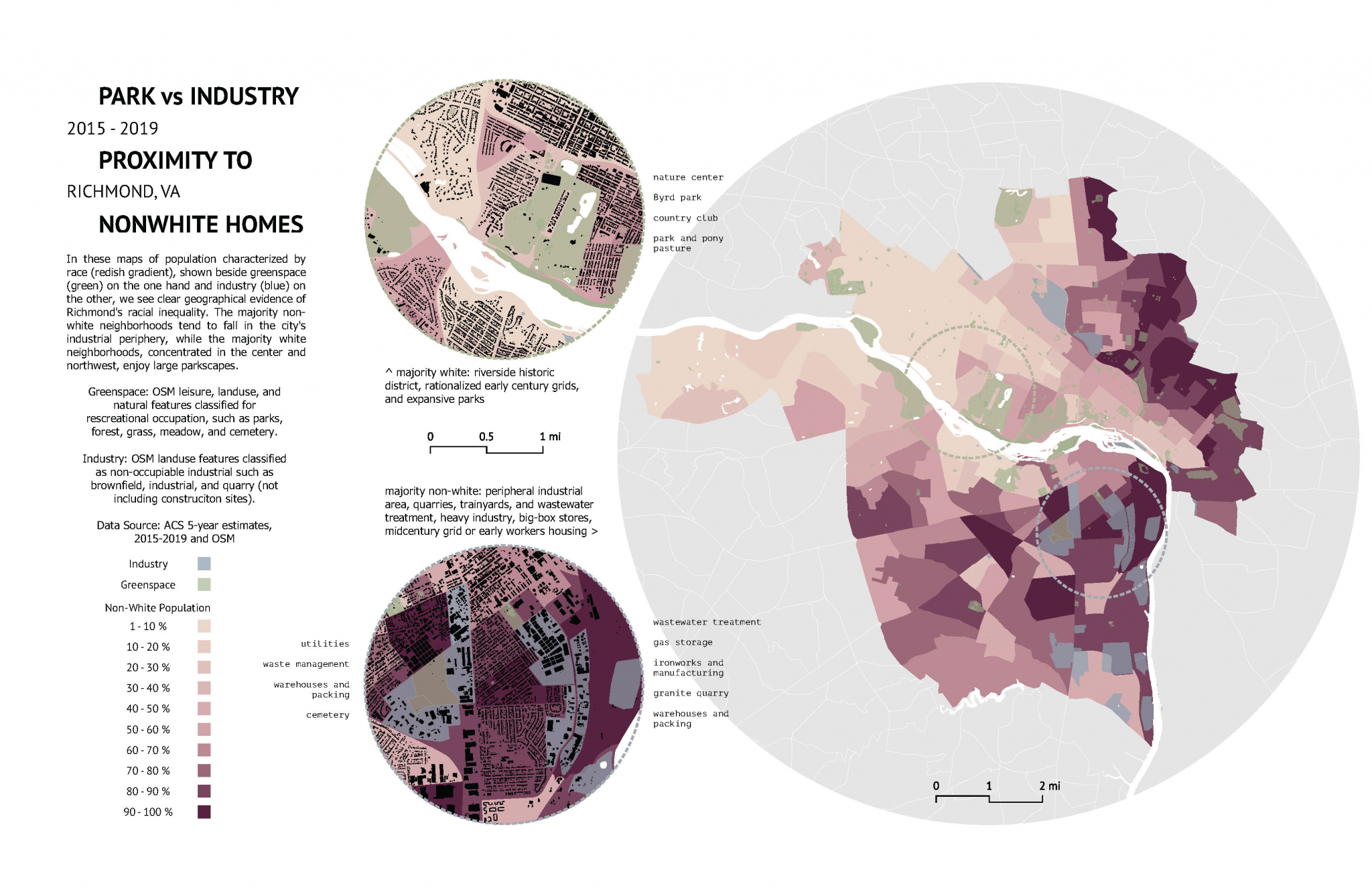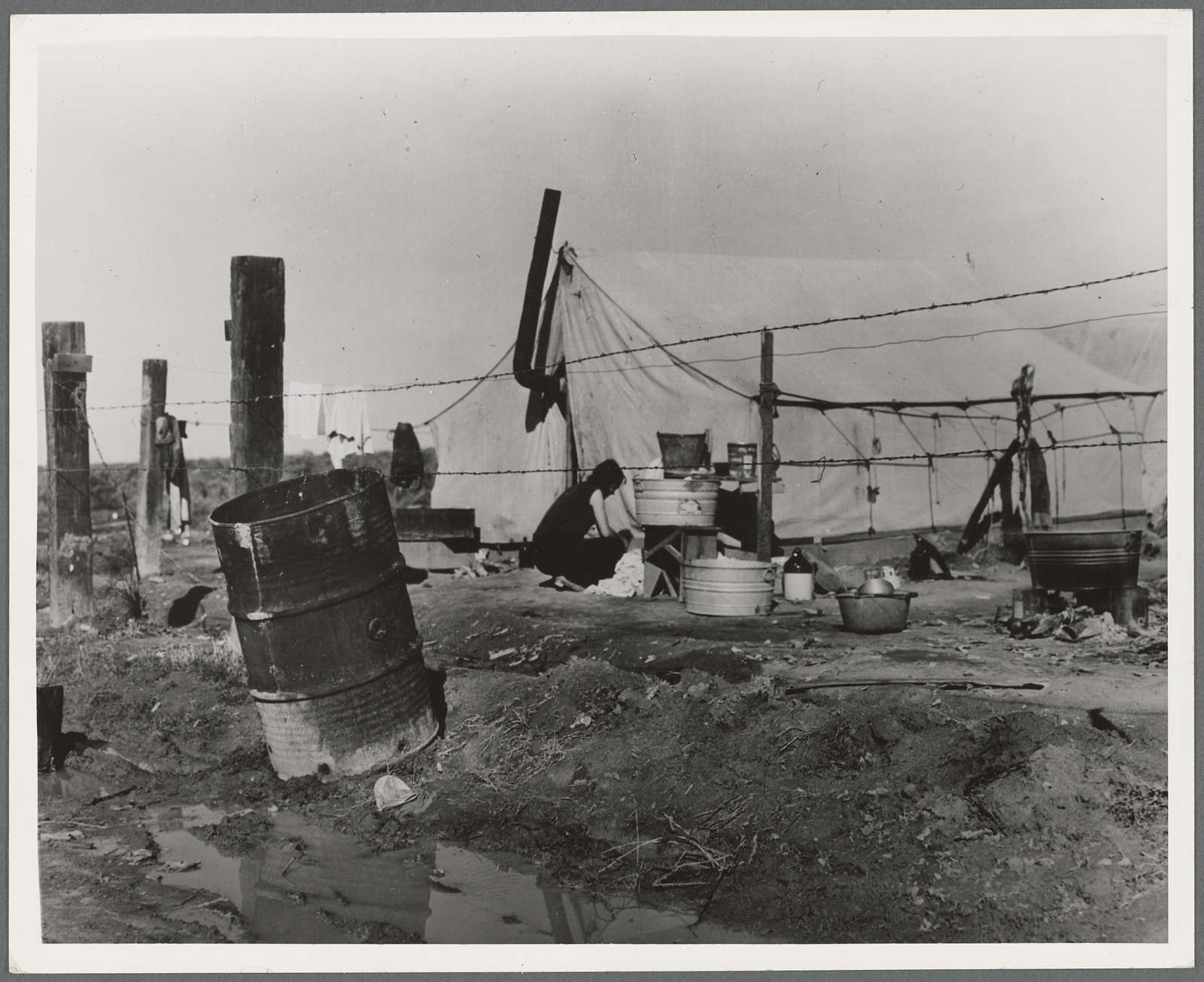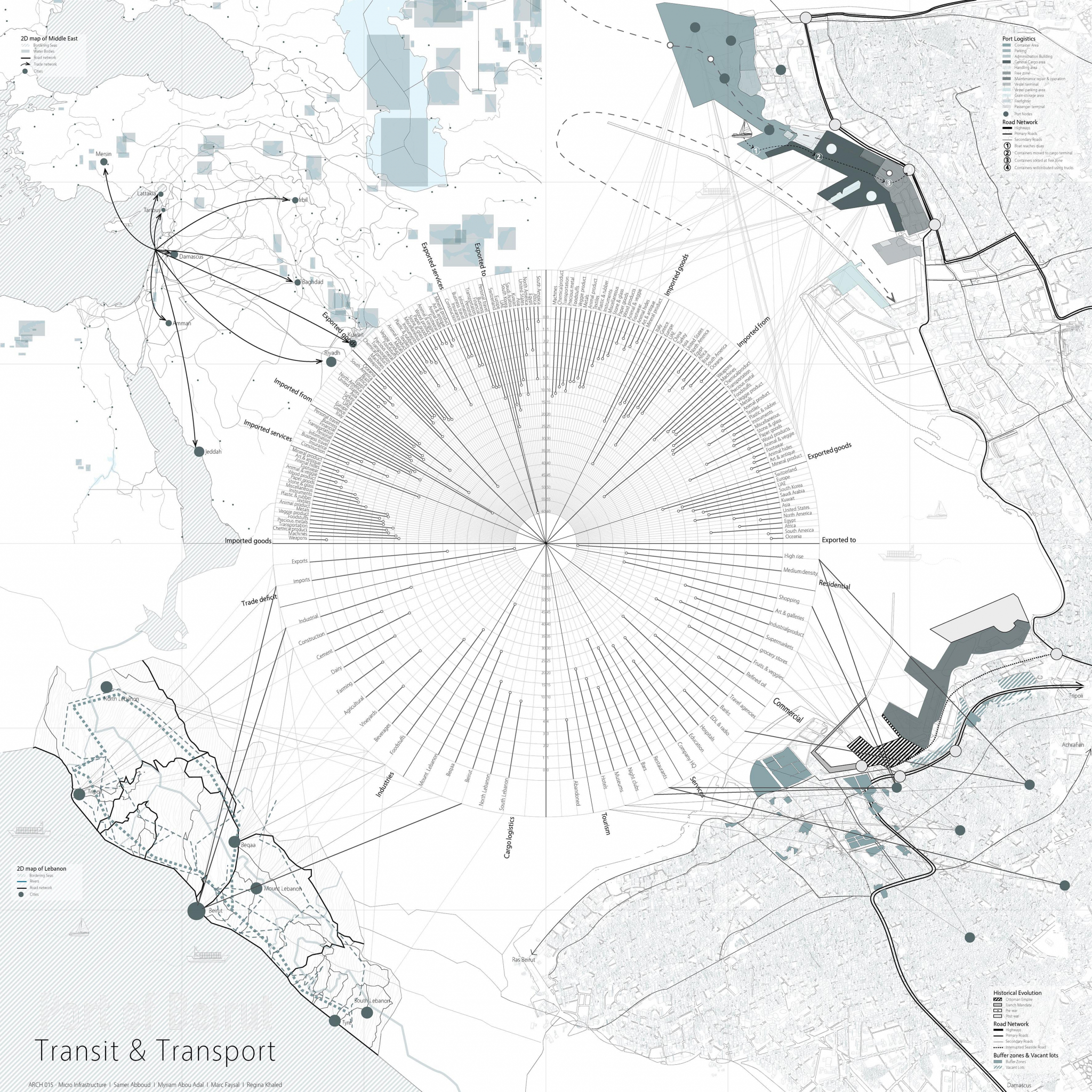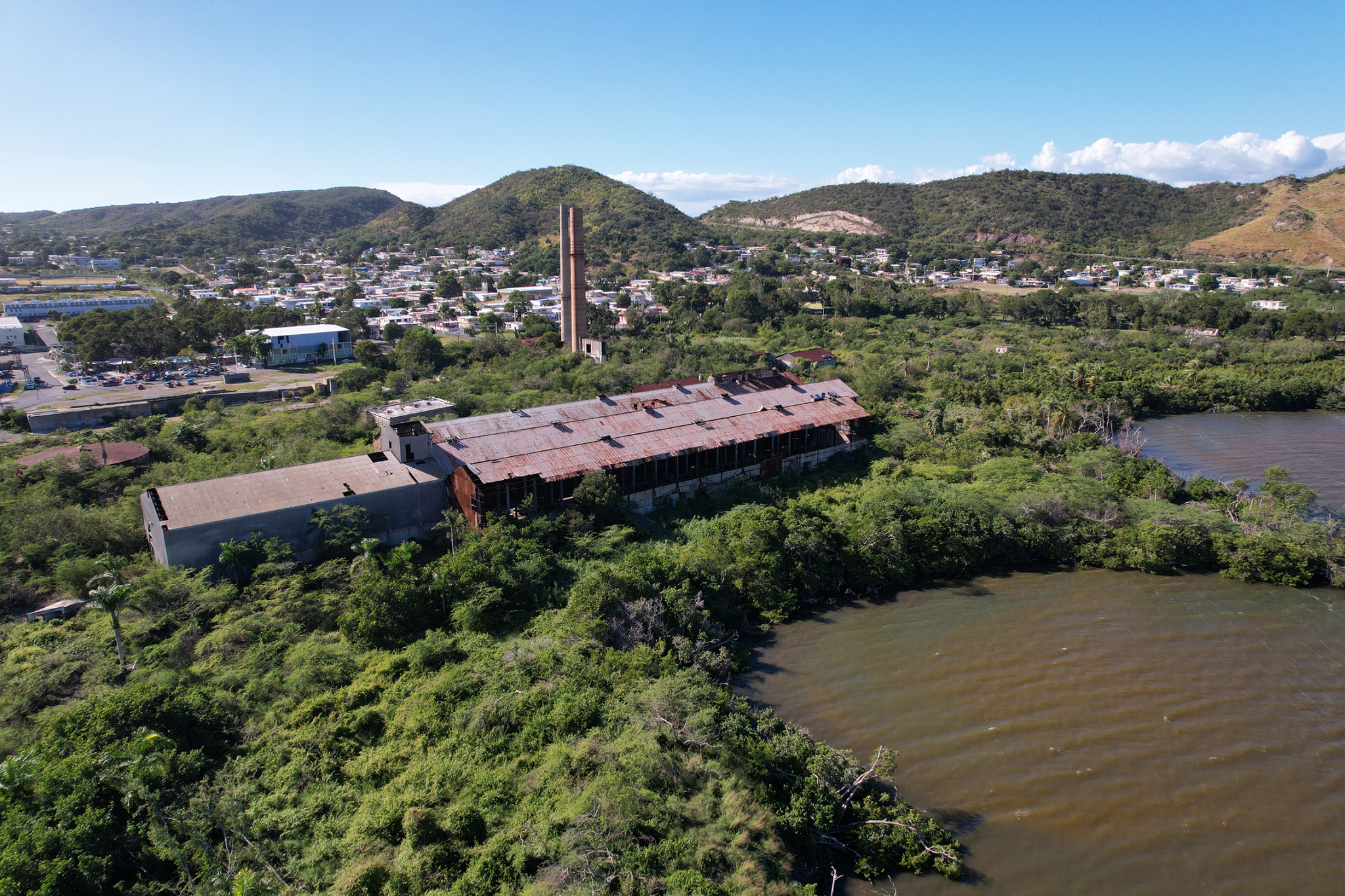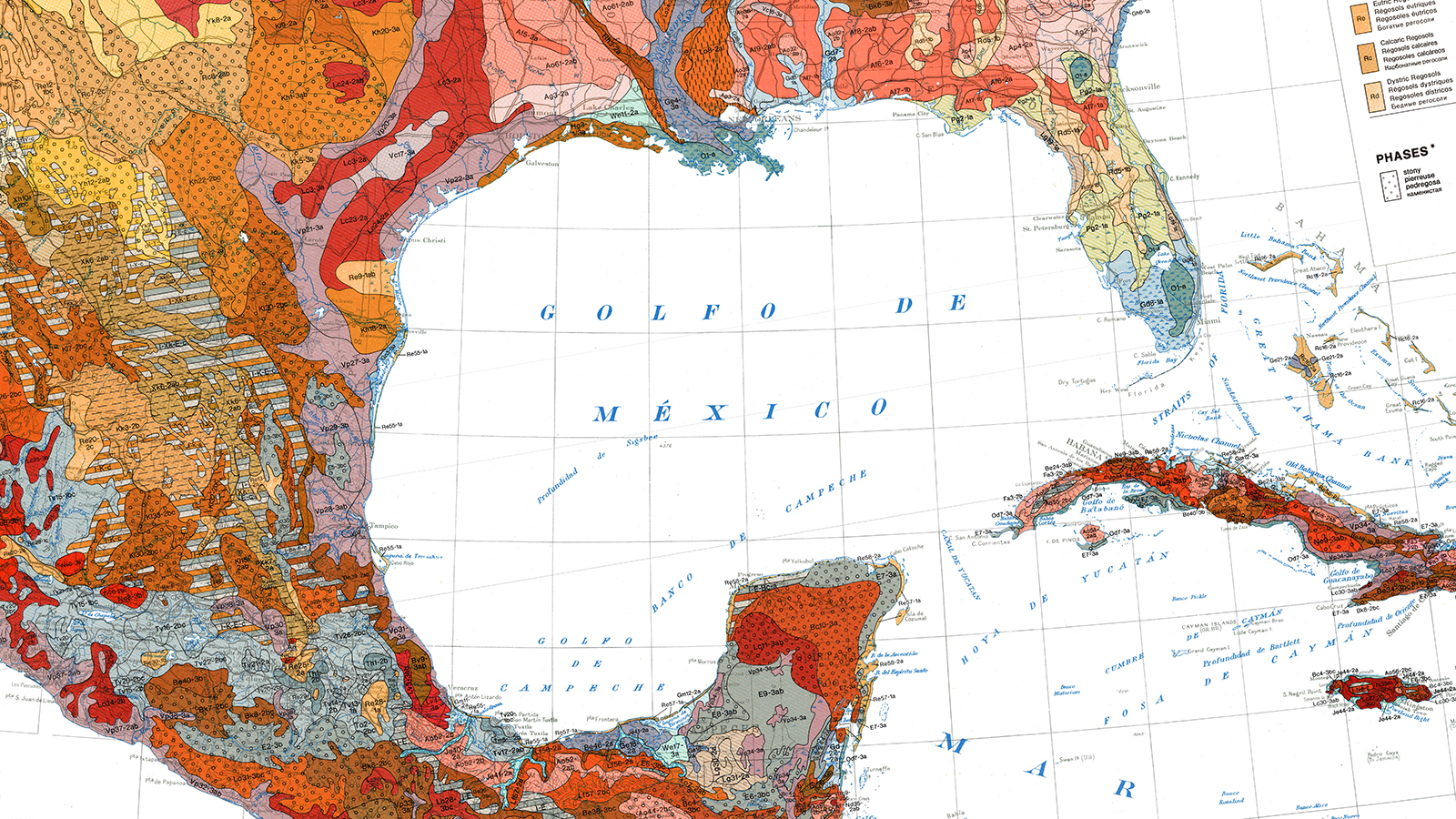2023 Winners
2023 Course Development Prize Winners
in Architecture, Climate Change, and Society
A course proposal competition by Columbia University’s Temple Hoyne Buell Center for the Study of American Architecture and the ACSA.
2023 Course Development Prize Winners
Overview
Columbia University’s Temple Hoyne Buell Center for the Study of American Architecture and the Association of Collegiate Schools of Architecture (ACSA) announce the winners of the 2023 Course Development Prize in Architecture, Climate Change, and Society. These innovative courses will be taught at ACSA member schools across the world in the coming years.
The jury selected five courses to receive a cash prize and support to lead their course at their host institution within the next two years. In addition the jury selected one course to receive an honorable mention. The five winning course proposals will be presented at the ACSA 111th Annual Meeting.
Ersela Kripa & Stephen Mueller, Texas Tech University
A large and growing population in the binational El Paso-Ciudad Juárez metroplex faces high levels of ultraviolet radiation exposure, even within shaded conditions in public space. The course coordinators’ ongoing investigative research has detailed the inequitable and asymmetric distribution of public shade amenities, ultraviolet radiation, and negative health impacts in the region. Leveraging their development of custom computational toolsets to visualize and mitigate areas of “irradiated shade” in the borderland, this vertical architectural design studio will work to propose new strategies and design methodologies for safe public shade.
Course readings and discussions will engage students in issues of transboundary health, ecology, and governance strategies and concerns, as well as foundational knowledge in theories of environmental justice, and spatial justice. The course will provide the infrastructure, computational environmental analysis, and computational design methodology for students to design and prototype novel radiation-mitigating architectural assemblies. Students will produce architectural and urban designs of computationally-informed, radiation-aware public shade structures, designing models and prototypes to enact regional transformations. The course is informed by and punctuated with focused conversations with interdisciplinary experts and community partners through a parallel studio seminar.
Image credit: Ultraviolet Radiation Exposure Mapping; Image Credit: POST–Project for Operative Spatial Technologies
Miranda Shugars, Virginia Tech
Unequal Cartographies will investigate relationships between historically-rooted inequalities and climate change impacts today using free, open-source mapping tools. Students will visualize complex urban issues using GIS (geographic information systems; i.e., digital mapping). The class will discuss how discriminatory government practices have relegated people to ecologically-vulnerable areas, how health impacts of heat and pollution disproportionately impact historically-marginalized people, and how the climate crises we now collectively face stem partly from deeply-rooted social ills.
While lectures and readings will introduce a range of social mapping theory and history, the tutorials, examples, and final projects will focus on three Appalachian cities: Richmond, VA, Roanoke, VA, and Charleston, WV. Each city’s history of discriminatory development can be clearly read in its physical footprints and social-ecological inequalities today. Tutorials will cover the basics of finding and evaluating data, representing data sets in GIS, and crafting data-based arguments with maps. In their final projects, students will create interactive scrollymaps that present research on a contemporary social-ecological issue in one of the three focus cities. This format will demonstrate the class’s two major learning goals: technical mapping skills and constructing visual arguments through maps.
Angela Person & Stephanie Pilat, University of Oklahoma
The University of Oklahoma is located in what might be called Energy Country, one of the largest oil-and-gas producing regions in the US, and at the crossroads of the economic activity of the contiguous United States. Meanwhile, Energy Country is situated within Tornado Alley, an area of the U.S. with a higher-than-average frequency of severe weather events. Furthermore, this area is among the most popular for resettling refugees, due to its number of faith-based nonprofits. This confluence of critical energy infrastructure, climate and weather-related vulnerabilities, and enthusiasm for accepting refugees establishes Energy Country as an important case study for imagining resilient habitation strategies that consider climate change and migration from an environmental justice perspective. Taking this into account, the Resilient Futures class asks: “How might architects, scientists, artists, and activists partner to creatively and critically address the pressing need to reimagine habitation amid a changing climate in Energy Country?” To answer this question, the structure of the course fosters collaborative proposals designed to bring interdisciplinary knowledge to bear on facets of this complex challenge. This course is designed for upper-division undergraduate students and graduate students in architecture, environmental sustainability, engineering, political science urban studies, geography, cultural anthropology, and related disciplines.
Image credit: Housing for Oklahoma refugees. California. 1936. Dorothea Lange. New York Public Library. CC 1.0 Universal Public Domain.
Carla Aramouny & Sandra Frem, American University of Beirut
Territorial Imaginaries is a research teaching lab developed through a design studio and dedicated seminar course, centralizing the urgency of the climate crisis through readings and speculations linking geopolitics, ecology, and infrastructure to the shaping of territorial conditions. It triggers investigations in the MENA region (Middle East & North Africa), from Lebanon to the Arabian Gulf, looking at specific contemporary situations where politics created economies of resource extraction, with infrastructures that had direct and indirect ecological repercussions on their expanded environments and territorial configurations. The lab highlights the role of visualization and mapping as investigative tools that help construct and narrate otherwise abstract and disconnected situations. By visualizing the ecological footprint of infrastructure and the geopolitics behind them, the course places agency in the design field to help expose the eco-realities of our world and speculate on alternative potentials for the built environment. The lab also crosses scales of impact, looking at both macro manifestations to micro interventions that can help reverse or critique the eco-political situation through applied design methods.
Image credit: ARCH 015 Fall 2021 – American University of Beirut – Student work: Myriam Abou Adal, Samer Abboud, Marc Faysal, Regina Khaled
Pedro Cruz Cruz & Nandini Bagchee, The City College of New York
In the Caribbean archipelago of Puerto Rico, ecological entanglements have long carried the weight of imperialism and environmental colonialism. Amidst growing threats of rampant privatization, real estate speculation, and climate induced migration we propose to examine Puerto Rico’s extractive past and current economic precarity to speculate upon an alternate future. We will use the critical tools of architectural drawing and modelling while engaging in a dialog with an interdisciplinary cohort of anthropologists, environmental scientists, and spatial practitioners. Drawing from a network of local and diasporic coalitions, the research will build upon the work of grassroots organizers and institutions connected to the southern geography of Puerto Rico. This region, once the center of agro-industrial production, is now the locus of polluting coal and gas power plants. The ongoing colonial status of Puerto Rico and lack of democratic representation has generated a resilient culture of self-organization and survival through mutual aid in the marginalized communities of southern Puerto Rico. Imagining a post-carbon, post-colonial future shaped in solidarity with a coastal community will be the agenda for our research-based architectural studio at the Spitzer School of Architecture, CCNY, CUNY.
Daniel Jacobs, University of Houston
The Gulf of Mexico is a rich assemblage of atmospheric anomalies and political currents, material streams and petrochemical pipelines, pre-colonial ghosts and post-colonial violence, diverse diasporas and varied eco-regions. It is a world dislocated by borders and embargos, transected by shipping lanes and language, and unified by climate crises and tourism. Liquid Ecologies will work with this vast terrain as a space of inquiry: using mapping techniques, field work, and visualization to reframe the region as an interwoven site, and develop design proposals for new associations and institutions within and across this vital landscape.
Image credit: Detail of the FAO/UNESCO Soil Map of the World, Mexico and Central America, Sheet III, 1972.
Are you interested in joining a network of faculty teaching:
Architecture, Climate Change, and Society?
Temple Hoyne Buell Center for the Study of American Architecture
Columbia University’s Temple Hoyne Buell Center for the Study of American Architecture was founded in 1982. Its mission is to advance the interdisciplinary study of American architecture, urbanism, and landscape. A separately endowed entity within the Graduate School of Architecture, Planning, and Preservation, it sponsors research projects, workshops, public programs, publications, and awards.
In recent years, the Center has convened issue-oriented conversations around matters of public concern, such as housing, that are addressed to overlapping constituencies including academics, students, professionals, and members of the general public. The Buell Center’s research and programming articulate facts and frameworks that modify key assumptions governing the architectural public sphere—that is, the arena in which informed public analysis and debate about architecture and urbanism takes place. Buell Center projects utilize a variety of formats, such as specialized academic conferences, small meetings, larger public events, and publications, depending on the issues and audience at hand. In all cases, they offer a context for the study of American architecture that brings underlying issues to light and enables architecture’s various interconnected publics to gain a greater understanding of its cultural significance.
This prize was begun as part of a Buell Center project entitled “Power: Infrastructure in America,” which sought critically to understand the intersections of climate, infrastructure, and architecture. It is being continued in conversation with ongoing research on “Architecture and Land in and out of the Americas.” This plural, Americas, helps decenter the concept of “American Architecture” in two ways: by connecting building practices across the Western Hemisphere, and by recognizing that there are several Americas within the United States. It is in this spirit that the prize aims to contribute to the development of intersectional pedagogy on the theme of “Architecture, Climate Change, and Society” in the Americas today.
Association of Collegiate Schools of Architecture
The mission of the Association of Collegiate Schools of Architecture is to lead architectural education and research.
Founded in 1912 by 10 charter members, ACSA is a 501(c)(3) nonprofit association of over 200 member schools in several categories. These include full membership for all accredited programs in the United States and government-sanctioned schools in Canada, candidate membership for schools seeking accreditation, and affiliate membership for schools for two-year and international programs. Through these schools, over 5,000 architecture faculty are represented.
ACSA, unique in its representative role for schools of architecture, provides a forum for ideas on the leading edge of architectural thought. Issues that will affect the architectural profession in the future are being examined today in ACSA member schools. The association maintains a variety of activities that influence, communicate, and record important issues. Such endeavors include scholarly meetings, workshops, publications, awards and competition programs, support for architectural research, policy development, and liaison with allied organizations.
ACSA seeks to empower faculty and schools to educate increasingly diverse students, expand disciplinary impacts, and create knowledge for the advancement of architecture.


 Study Architecture
Study Architecture  ProPEL
ProPEL 
